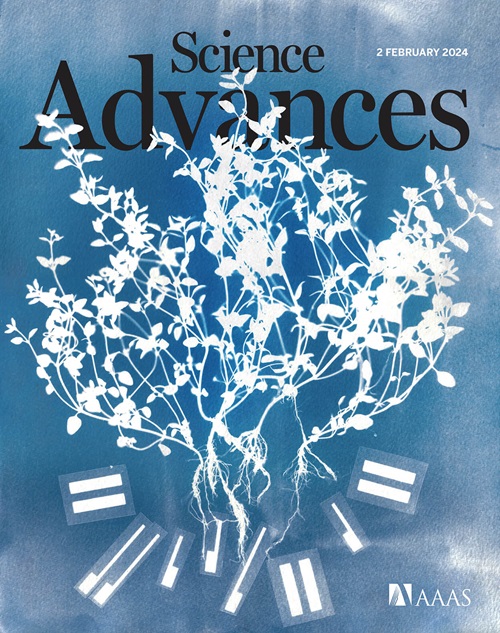Refugium amidst ruins: Unearthing the lost flora that escaped the end-Permian mass extinction
IF 11.7
1区 综合性期刊
Q1 MULTIDISCIPLINARY SCIENCES
引用次数: 0
Abstract
Searching for land refugia becomes imperative for human survival during the hypothetical sixth mass extinction. Studying past comparable crises can offer insights, but there is no fossil evidence of diverse megafloral ecosystems surviving the largest Phanerozoic biodiversity crisis. Here, we investigated palynomorphs, plant, and tetrapod fossils from the Permian-Triassic South Taodonggou Section in Xinjiang, China. Our fossil records, calibrated by a high-resolution age model, reveal the presence of vibrant regional gymnospermous forests and fern fields, while marine organisms experienced mass extinction. This refugial vegetation was crucial for nourishing the substantial influx of surviving animals, thereby establishing a diverse terrestrial ecosystem approximately 75,000 years after the mass extinction. Our findings contradict the widely held belief that restoring terrestrial ecosystem functional diversity to pre-extinction levels would take millions of years. Our research indicates that moderate hydrological fluctuations throughout the crisis sustained this refugium, likely making it one of the sources for the rapid radiation of terrestrial life in the early Mesozoic.在假设的第六次生物大灭绝期间,寻找陆地避难所对于人类的生存来说势在必行。对过去类似危机的研究可以为我们提供启示,但目前还没有化石证据表明在新生代最大的生物多样性危机中幸存下来的各种巨型植物生态系统。在这里,我们研究了中国新疆二叠纪-三叠纪南桃东沟剖面的古动物、植物和四足动物化石。我们的化石记录经过高分辨率年龄模型的校准,揭示了在海洋生物经历大规模灭绝的同时,存在着生机勃勃的区域性裸子植物森林和蕨类植物区。这些保护性植被对于滋养大量涌入的幸存动物至关重要,从而在大灭绝发生后约7.5万年建立了多样化的陆地生态系统。我们的研究结果与人们普遍认为陆地生态系统功能多样性恢复到大灭绝前水平需要数百万年的看法相矛盾。我们的研究表明,在整个危机期间,适度的水文波动维持了这个避难所,很可能使其成为中生代早期陆地生命快速辐射的来源之一。
本文章由计算机程序翻译,如有差异,请以英文原文为准。
求助全文
约1分钟内获得全文
求助全文
来源期刊

Science Advances
综合性期刊-综合性期刊
CiteScore
21.40
自引率
1.50%
发文量
1937
审稿时长
29 weeks
期刊介绍:
Science Advances, an open-access journal by AAAS, publishes impactful research in diverse scientific areas. It aims for fair, fast, and expert peer review, providing freely accessible research to readers. Led by distinguished scientists, the journal supports AAAS's mission by extending Science magazine's capacity to identify and promote significant advances. Evolving digital publishing technologies play a crucial role in advancing AAAS's global mission for science communication and benefitting humankind.
 求助内容:
求助内容: 应助结果提醒方式:
应助结果提醒方式:


